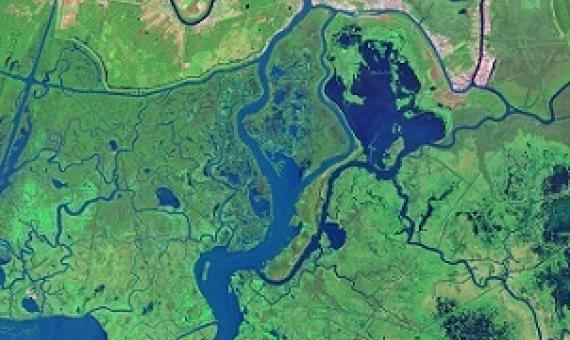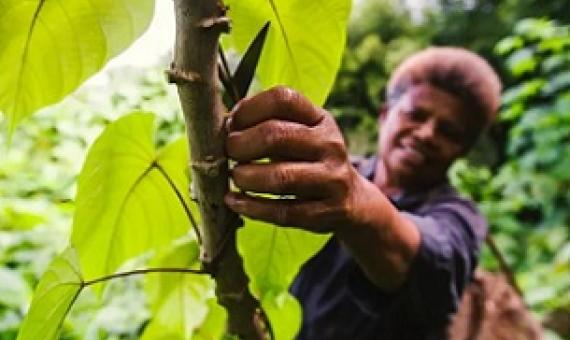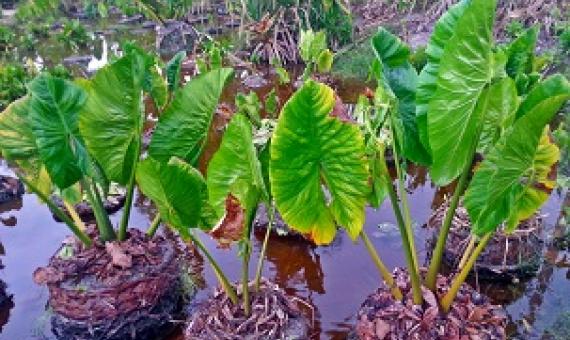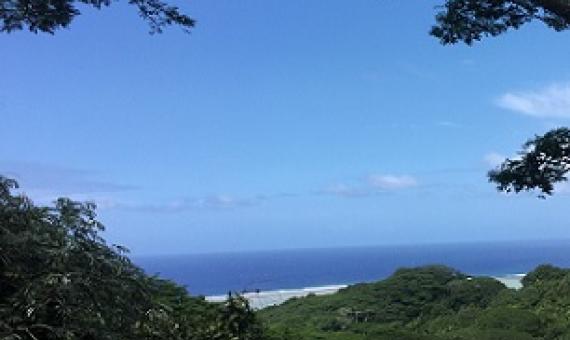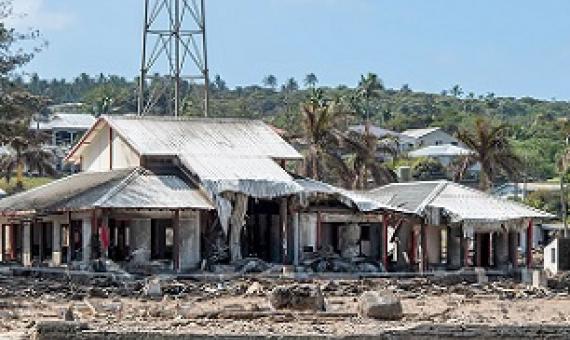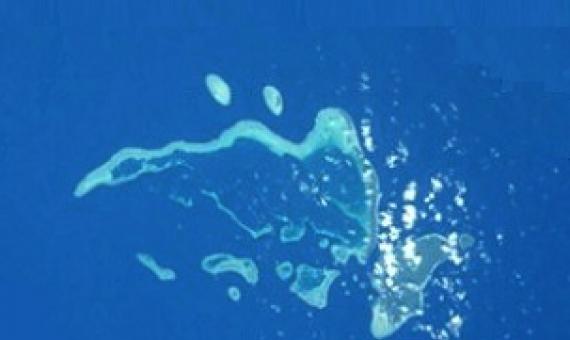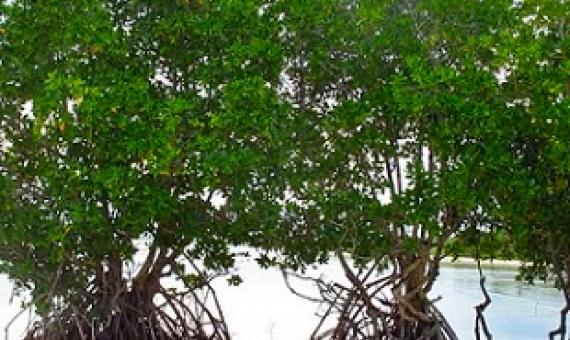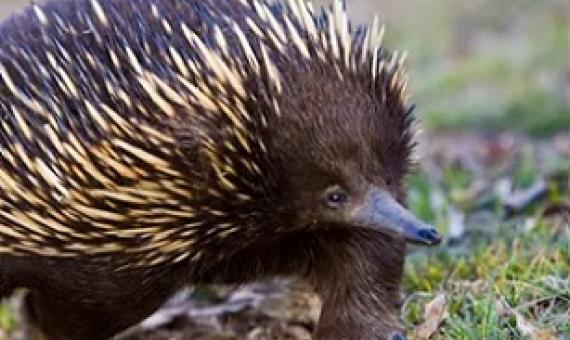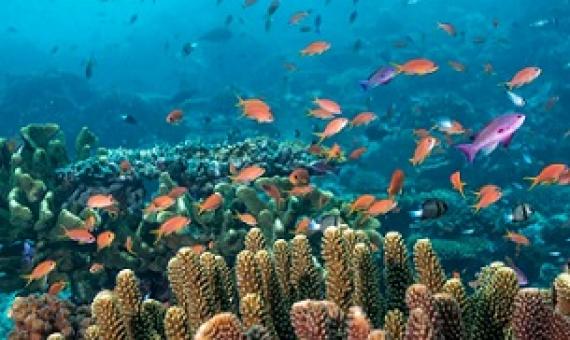If you want to track changes in the Amazon rainforest, see the full expanse of a hurricane or figure out where people need help after a disaster, it's much easier to do with the view from a satellite orbiting a few hundred miles above Earth.
In Vanua Levu, the second largest island of Fiji, every contour drips with green. The landscape is impossibly lush and verdant.
Pacific Islanders are no strangers to disasters. For millennia, island peoples have coped with and adapted to disasters like tropical cyclones and tsunamis, as well as unpredictable shifts in precipitation patterns, leading to droughts and floods.
Work on the Takitumu Conservation Area, which was damaged during the January storms, is well underway according to its volunteers. Lead volunteer Ian Karika said they have been working every Friday and Saturday since the storms on clearing out debris and replanting trees.
Frontiers 2022: Noise, Blazes and Mismatches
The UN Environment Programme (UNEP) works to identify and draw attention to emerging issues of environmental concern. The UNEP Frontiers’ report continues to advance this work, signaling environmental issues and solutions for effective and timely responses. Some issues may be local, relatively small-scale issues today, but may have the potential to become an issue of regional or global concern if not addressed early. This year’s edition, Noise, Blazes and Mismatches, looks at three concerns: urban soundscapes, wildfires and phenological shifts.
The Secretariat of the Pacific Regional Environment Programme (SPREP) is deeply concerned about the impact of the Hunga Tonga - Hunga Ha’apai underwater volcano eruption, and tsunami, on the people of the Kingdom of Tonga.
The outlying islands of Temotu are some of the worst affected from storm surges and sea level rise...But for the people, disaster risk reduction is not an option.
Decision-makers around the world are increasingly interested in using ecosystem solutions such as mangroves, coral reefs, sand dunes and forests on steep slopes to help buffer the impacts from hazard events and protect populations.
Days of sustained rain has led to concerns for ground-dwelling animals, such as wombats and echidnas, which can become trapped in their habitat by flood waters.
In the immediate aftermath of the strongest cyclone to ever make landfall in the southern hemisphere, reefs across the Namena reserve and Vatu-i-Ra conservation park off Fiji were reduced to rubble. Tropical Cyclone Winston struck Fiji on 20 February 2016, causing devastation

